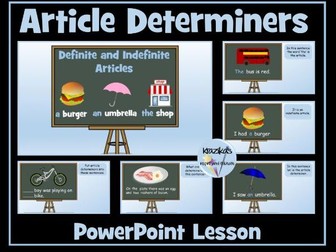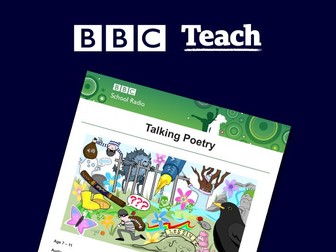
The Owl and the Pussycat (3 Lessons for Poetry KS1)
This resource offers a detailed 3-day lesson plan centered around “The Owl and the Pussycat” by Edward Lear, complete with a tailored quiz series for different ability levels. Designed for KS1 pupils, it seamlessly integrates learning objectives from the KS1 curriculum, incorporating activities such as interactive readings, creative writing, drama, and discussions. The accompanying quizzes are customised for lower, medium, and high abilities, featuring a variety of question types to assess and enhance pupil’s comprehension, analytical skills, and creative thinking. This package provides a comprehensive approach to teaching poetry, promoting active learning and inclusivity in the classroom.















